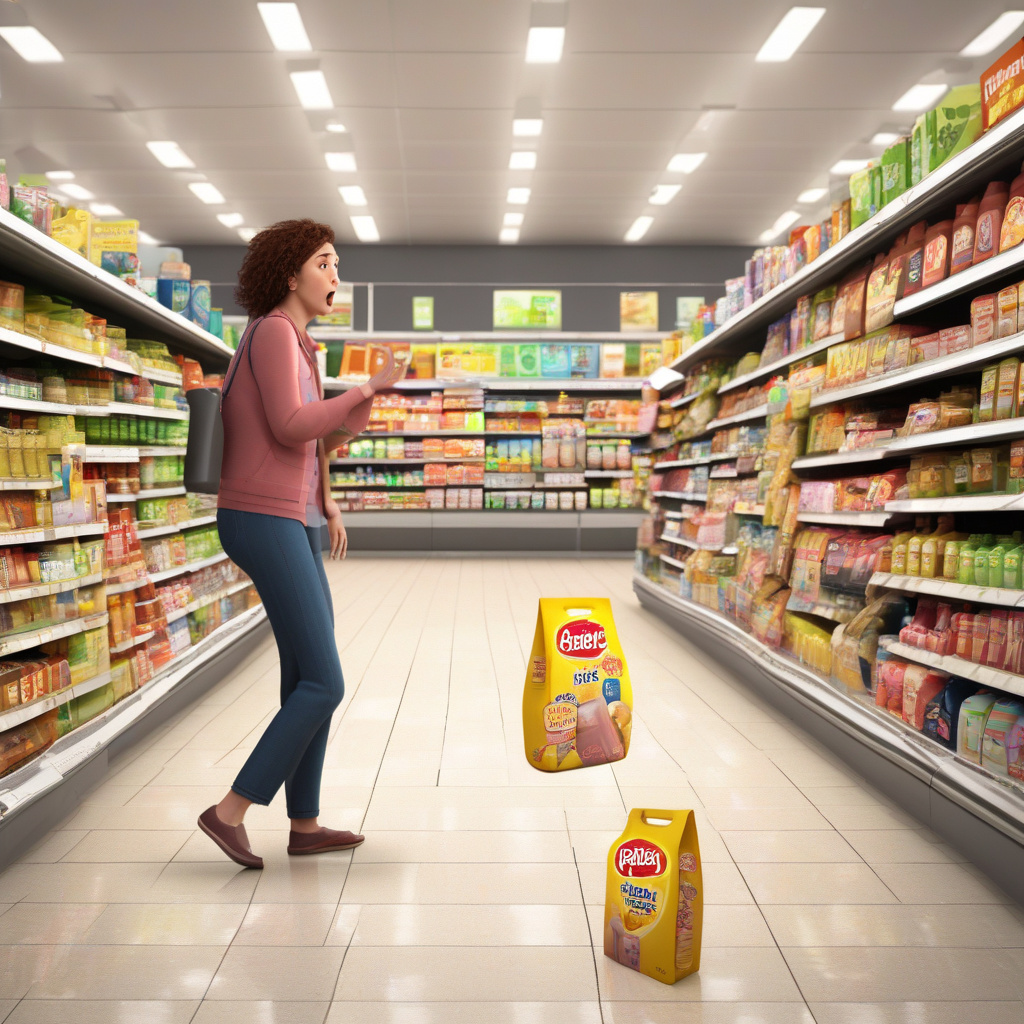Mitigating Slip-and-Fall Risks: A Guide for Supermarkets
In the realm of supermarket operations, one of the most prevalent risks faced by store operators is the potential for slip-and-fall accidents to occur on their premises. These incidents not only pose a danger to customers and employees but also expose grocers to significant legal liabilities. In light of the escalating number of slip-and-fall claims and the ensuing litigation, it is imperative that supermarket operators take proactive measures to manage their legal exposure effectively.
Understanding the Risks
Slip-and-fall accidents in supermarkets can result from various factors, including wet floors, uneven surfaces, spilled products, or inadequate lighting. When such incidents transpire, they can lead to serious injuries to customers or employees, ranging from minor bruises to severe fractures or head trauma. In addition to the human cost, these accidents can have substantial financial implications for store operators, including medical expenses, legal fees, and potential compensation payouts.
Legal Implications
From a legal standpoint, supermarkets have a duty of care to ensure the safety of individuals on their premises. Failure to maintain a reasonably safe environment can render store operators liable for any injuries sustained in slip-and-fall accidents. In the event of litigation, courts will assess whether the market took adequate precautions to prevent such incidents, such as implementing safety protocols, conducting regular inspections, and promptly addressing potential hazards.
Managing Liability
To mitigate the risks associated with slip-and-fall accidents, supermarkets can adopt several strategies to manage their liability effectively:
- Training and Education: Providing comprehensive training to employees on safety protocols, hazard identification, and proper spill cleanup procedures can help prevent accidents before they occur. Well-informed staff members are essential in maintaining a secure in-store environment.
- Routine Inspections: Conducting frequent inspections of the premises to identify potential hazards, such as wet floors, loose mats, or obstructed walkways, is crucial in preventing slip-and-fall accidents. Prompt corrective action should be taken to address any issues promptly.
- Warning Signage: Placing clear and visible warning signs in areas where slip-and-fall risks are present, such as recently mopped floors or spillage zones, can alert customers and employees to exercise caution. Signage serves as a proactive measure to prevent accidents and minimize liability.
- Documentation and Incident Reporting: Maintaining detailed records of safety inspections, incident reports, and corrective actions taken can provide supermarkets with a comprehensive defense in the event of litigation. Thorough documentation demonstrates a commitment to safety and risk management.
- Insurance Coverage: Securing adequate liability insurance tailored to the unique risks of the supermarket industry is essential in protecting store operators from potential legal claims and financial losses resulting from slip-and-fall accidents. Working with experienced insurance providers can help mitigate liabilities effectively.
By implementing these proactive measures and prioritizing safety and risk management, supermarkets can reduce their exposure to slip-and-fall liabilities and create a secure environment for customers and employees alike.
In conclusion, the management of slip-and-fall risks is a critical aspect of supermarket operations, given the potential legal and financial consequences associated with such accidents. By understanding the risks, complying with safety regulations, and implementing proactive risk mitigation strategies, store operators can safeguard their businesses and promote a safe shopping experience for all.
supermarket, slip-and-fall, liability management, risk mitigation, legal exposure
